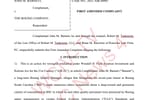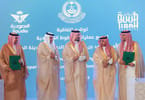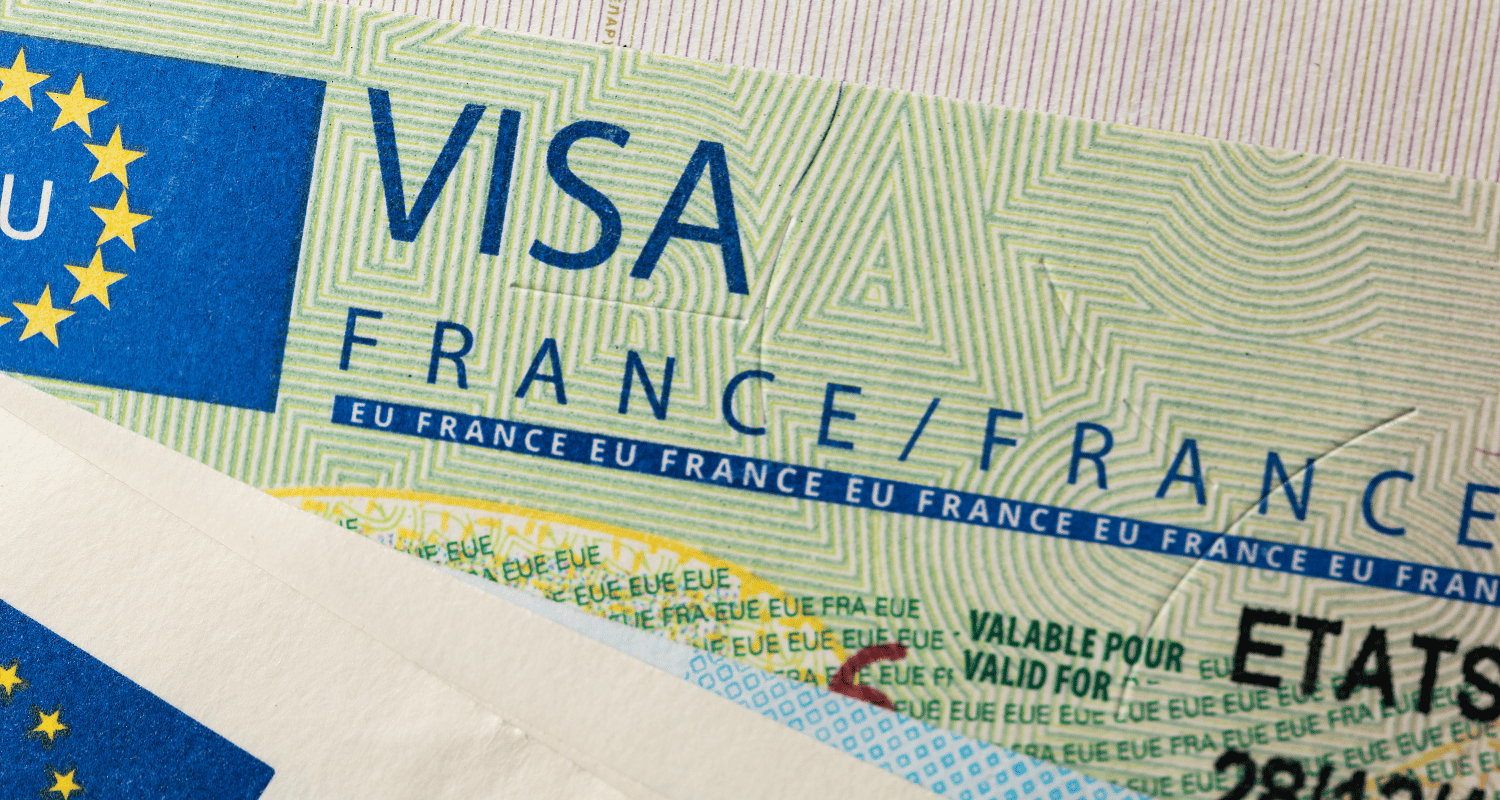A Champagne-soaked countdown to 2009 should may sound something like this: “…THREE, TWO, ONE-AND-A-HALF, ONE… Happy New Year!”
The extra second was mandated by the International Earth Rotation and Reference Systems Service (IERS) in Paris, and is not to be taken lightly.
Satellites that orbit at speeds calculated in kilometres (miles) per second, the Internet, global positioning systems – all depend on knowing exactly what time it is.
IERS head Daniel Gambis announced the time-stretching measure in July in a letter addressed to “authorities responsible for the measurement and distribution of time”.
That would be the white-robed guardians of the 200-odd ultra-accurate atomic clocks scattered in national time temples around the globe.
“The last adjustment dates to 2005, and the next could happen in 2012 or 2013,” Gambis told AFP.
Leap days occur once every four years because it takes 365 days plus six hours for our planet to complete an orbit around the Sun.
But leap seconds are added strictly on a case-by-case basis, depending on need. This year’s will be the 24th bonus second since the practice was initiated in 1972.
The sleight-of-clock is necessary to reconcile two different time scales.
One is established by the atomic time pieces, which are accurate to billionth of a second per day.
The other is based on Earth’s imperfect rotation on its own axis.
The two get out of sync because the planet’s spin is affected by a host of slightly fluctuating variables, including solar and lunar gravity, the movement of the tides, solar wind, space dust and magnetic storms.
Even global warming has gotten into the act because melting ice caps have an impact too.
And so, at exactly 23:59:59 Greenwich Mean Time (GMT) – or Coordinated Universal Time (UTC), to the scientifically literate – on December 31, the world’s clocks will add a beat to their metronomic tick tick tock.
WHAT TO TAKE AWAY FROM THIS ARTICLE:
- The two get out of sync because the planet’s spin is affected by a host of slightly fluctuating variables, including solar and lunar gravity, the movement of the tides, solar wind, space dust and magnetic storms.
- IERS head Daniel Gambis announced the time-stretching measure in July in a letter addressed to “authorities responsible for the measurement and distribution of time”.
- The extra second was mandated by the International Earth Rotation and Reference Systems Service (IERS) in Paris, and is not to be taken lightly.






















